Kletterwerks
Thirty-five years after closing the influential climbing brand is reborn by the founder’s son

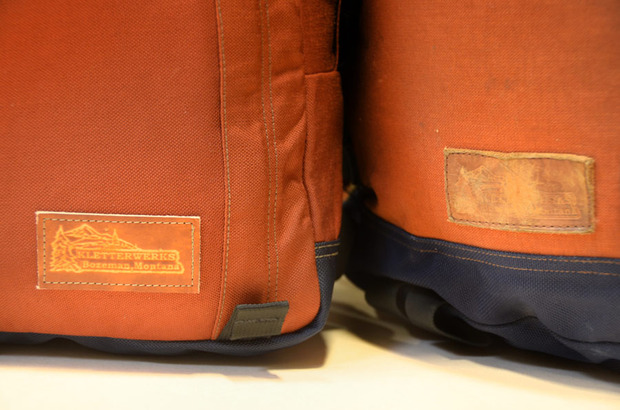
The story behind Kletterwerks is a long and adventurous one. Named for a rough German translation of “climbing factory,” the handmade backpack brand was founded by experienced outdoorsman Dana Gleason in 1975. Built entirely in Bozeman, Montana, Kletterwerks was about innovation, introducing multiple designs and supplying packs to the region’s most serious climbers. Despite gaining momentum in the process of improving the industry as a whole, Gleason seems to have lost interest, selling the brand rights in the early 1980s and purchasing the original manufacturing facility and equipment with his earnings. Kletterwerks as a brand was shuttered shortly after.
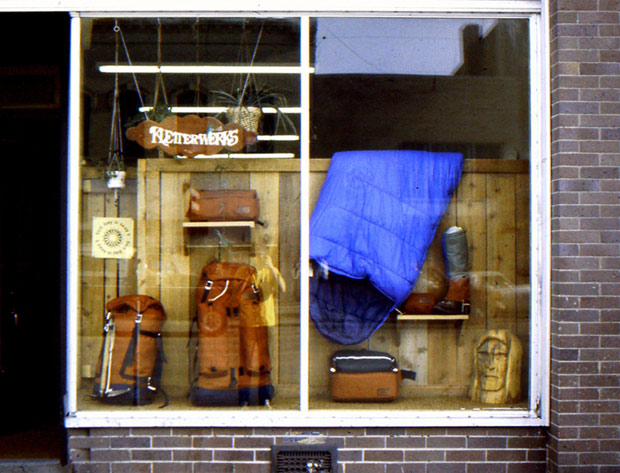
Fast forward to the year 2000. Gleason went on to launch, develop and sell a few more brands, including the influential Dana Design. His most successful venture to date is Mystery Ranch, which quickly rose to the top of the industry for making the best bags for everything from firefighting and hunting to trekking and climbing—along the way acquiring lucrative contracts with the USMC and the Navy SEALs. Inspired by his family’s vast knowledge and entrepreneurial spirt, Gleason’s son, Dana III, brought new life to the abandoned Kletterwerks name earlier this year. After some 35 years of silence the original backpack brand introduces their first full collection.

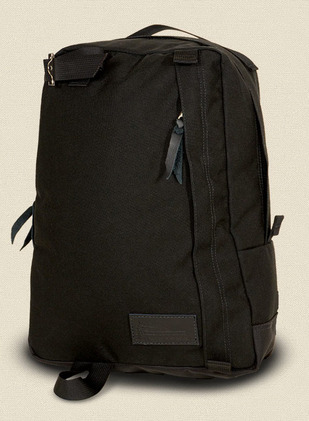
“We’ve recreated what we’ve already done; it’s authentic.”
Sharing a factory with Mystery Ranch, the modest collection of Kletterwerks-branded bags are individually made in Bozeman by the same craftsman who build bags for the Navy SEALs—in other words, they’re built to last. Included in the collection are packs, totes and small accessory-sized pouches. The two largest, the Flip and the Day, are original designs introduced by Gleason in the mid-’70s, updated with a liner, DU foam padding and, of course, a laptop sleeve. The rest of the collection has been designed with more contemporary purposes in mind while never losing sight of the tried-and-true brand aesthetic. The slimmer Quest backpack, for example, was influenced by Japanese design, and the Kurier by urban dwellers with a need for rugged gear.
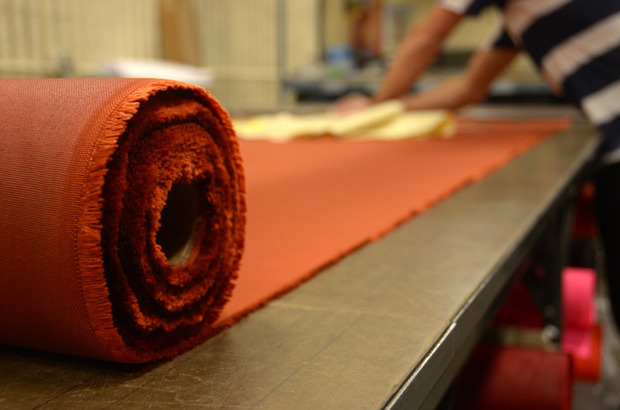
Kletterwerks offers each core bag in three original brand colorways of black, granite and rust. Somewhat of a brand signature, the rust shade can be traced back to the brand’s early roots when Gleason was just a ski bum building bags in a small Montana workshop in the late ’70s. It was around that time that Cordura was introduced, a newly developed fabric superior to canvas in nearly every way. To reach the material minimum order, Gleason spearheaded a group order, teaming up with some fellow outdoor enthusiasts making gear for themselves and friends.
When the fabric arrived in this color an aesthetic benchmark was established in the outdoor gear game. Gleason took it to Kletterwerks, and his friends did the same. Murray Pletz to Jansport, Dick Kelty to Kelty and Wayne Gregory to Gregory. Now nearly 40 years later the rust-colored Cordura bags, sleeping bags and tents from these early days can still be found around the globe.
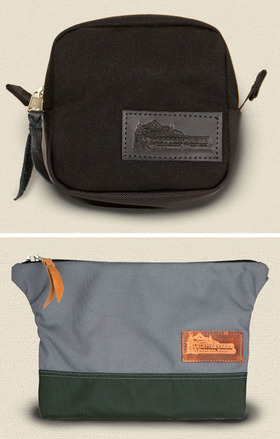
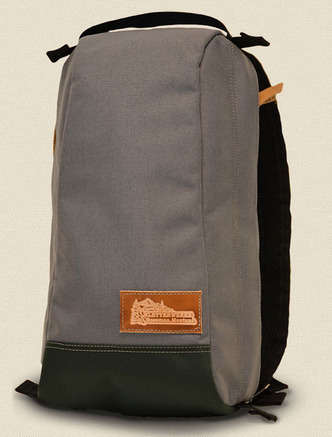
While it is an undeniable trend in fashion to tote domestic-made products with a loose sense of heritage, Kletterwerks is the real deal. “We’ve recreated what we’ve already done; it’s authentic,” says brand manager and longtime Bozeman resident Ben Nobel. “They’re not reproductions of something made to look vintage. We’ve definitely modernized—we make an iPad sleeve now—but we’re still using the same materials, the same construction, and offer the same designs that over the years have proven themselves as durable, rugged equipment.”
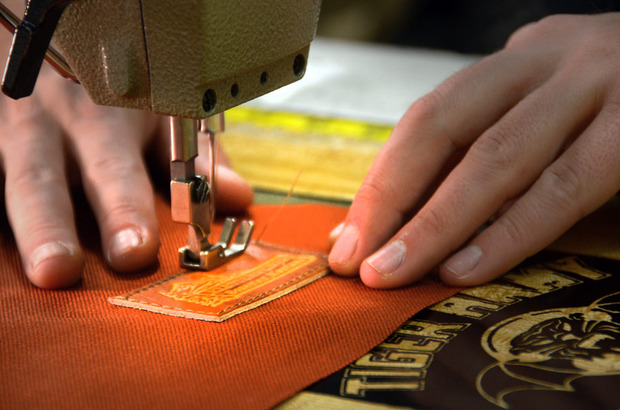
As the brand continues to build both domestically and abroad Kletterwerks will continue to experiment with new designs and colorways. Even with nearly 40 years of experience behind the brand the young Dana Gleason III and his design team remain focused on the future. “The cool thing is we’re a design and build shop, so we can build samples in an afternoon and see what they look like,” says Nobel of the advantage to building everything in-house.”If we like it, cool. If not, it gets re-worked until we think we can produce it.”

For more information on the all-American brand visit Kletterwerks‘ website. Launched earlier this week, the user-friendly site offers an extensive look at company history with an informative timeline and archival images. Kletterwerks bags sell from $99 to $299 for the larger bags and around $50 for the smaller pouches.
Images by Tim Gates












